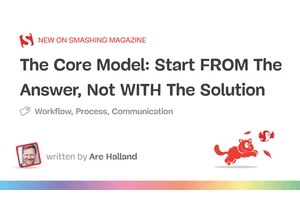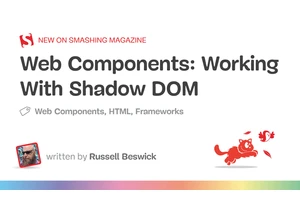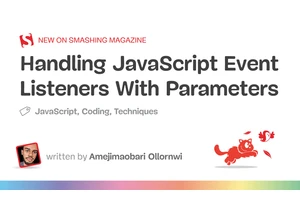Have you ever wondered what happened after CSS3? It’s common knowledge that we never saw CSS4 come after it, yet we have a plethora of new features that have no similar way of defining when they were introduced. The W3C CSS-Next community group is actively searching for better approaches for how we describe the evolution of CSS over time and identify feature sets as effectively as we did with CSS3 way back in 2009 — and you can help. https://smashingmagazine.com/2024/08/time-to-talk-about-css5/
Chcete-li přidat komentář, přihlaste se
Ostatní příspěvky v této skupině

Design systems are more than style guides: they’re made up of workflows, tokens, components, and documentation — all the stuff teams rely on to build consistent products. As projects grow, keepi

Talking points. Smart questions. A compelling story. This guide helps you prepare for your UX job interview. And remember: no act of kindness, however small, is ever wasted. https://smashingmagazine.c

Do you need a little inspiration boost? Well, then our new batch of desktop wallpapers might be for you. The wallpapers are designed with love by the community for the community and can be downloaded

The Core Model is a practical methodology that flips traditional digital development on its head. Instead of starting with solutions or structure, we begin with a hypothesis about what users need and

Web Components are more than just Custom Elements. Shadow DOM, HTML Templates, and Custom Elements each play a role. In this article, Russell Beswick demonstrates how Shadow DOM fits into the broader

Today, roughly 10% of people are left-handed. Yet most products — digital and physical — aren’t designed with it in mind. Let’s change that. More design patterns in <a href="https://smart-

Event listeners are essential for interactivity in JavaScript, but they can quietly cause memory leaks if not removed properly. And what if your event listener needs parameters? That’s where things ge
